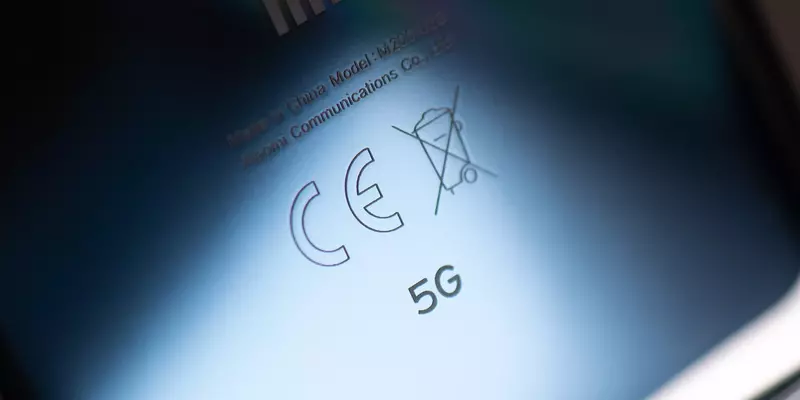In this article I will be talking about “Which Countries Have Banned 5G Network?”. In recent times we have advanced from the 3G network to the 4G network now finally we have the 5G network, for faster internet connection and net surfing.
What is a Network?
A network is a collection of computers, servers, mainframes, network devices, peripherals, or other devices connected to allow data sharing. An example of a network is the Internet, which connects millions of people all over the world.
A network is described as when two or more devices are able to exchange information with a process in another device. Networks are known as a medium of connections between nodes (set of devices) or computers.
Types of Network
- Personal Area Network (PAN)
- Local Area Network (LAN)
- Wireless Local Area Network (WLAN)
- Campus Area Network (CAN)
- Metropolitan Area Network (MAN)
- Wide Area Network (WAN)
- Storage-Area Network (SAN)
- System-Area Network (also known as SAN)
- Passive Optical Local Area Network (POLAN)
- Enterprise Private Network (EPN)
- Virtual Private Network (VPN)
Personal Area Network (PAN):
This is the smallest type of network usually used in a room mostly between a wireless modem and a computer.
Local Area Network (LAN):
This is a connection of devices together across short distances in close proximity to each other to share information and resources.
Wireless Local Area Network (WLAN):
This network is just a Local Network Network that uses a wireless network technology to share information example of this is the use of WIFI.
Campus Area Network (CAN):
Network mostly used in the university bigger than the (LAN) but smaller than the Metropolitan Area Network (MAN)
Metropolitan Area Network (MAN):
This type of network can cover a set geographical area such as a city and can also be used in a university like the (CAN).
Related: 11 Ways The Manufacturing Sector Can Utilize Extended Reality Effectively
Wide Area Network (WAN):
This network connects computers together across longer physical distances. This allows computers and low-voltage devices to be remotely connected to each other over one large network to communicate even when they’re miles apart. Typical example of this type of network is the Internet.
Storage Area Network (SAN):
This is a high speed network that connects a shared pool of storage devices to several servers.
System Area Network (SAN):
This network is used to explain a relatively local network that is designed to provide high-speed connection in server-to-server applications (cluster environments), storage area networks (called “SANs” as well) and processor-to-processor applications.
Passive Optical Local Area Network (POLAN):
This a point-to-multipoint LAN architecture, POLAN uses optical splitters to split an optical signal from one strand of single mode optical fiber into multiple signals to serve users and devices.
Enterprise Private Network (EPN):
These types of networks are built and owned by businesses that want to securely connect its various locations to share computer resources.
Virtual Private Network (VPN):
By extending a private network across the Internet, a VPN lets its users send and receive data as if their devices were connected to the private network even if they’re not.
What Is A Network Topology?
Network topology refers to the manner in which the links and nodes of a network are arranged to relate to each other. Topologies are categorized as either physical network topology, which is the physical signal transmission medium, or logical network topology, which refers to the manner in which data travels through the network between devices, independent of physical connection of the devices.
Types of Network Topology
- Bus network topology
- Mesh network topology
- Ring network topology
- Star network topology
- Hybrid network topology
- Tree network topology
- Point to Point topology
Bus Network Topology:
Bus topology, also known as line topology, is a type of network topology in which all devices in the network are connected by one central RJ-45 network cable or coaxial cable.
Mesh network topology:
Mesh network topology is a type of network topology in which all devices in the network are interconnected.
Ring network topology:
In this network topology the devices are connected in a ring shape hence the name. The are connected to two other devices on either side via an RJ-45 cable.
Star network topology:
Star network topology is a network topology in which each network component is physically connected to a central node such as a router, hub or switch.
Hybrid network topology:
A hybrid topology is a kind of network topology that is a combination of two or more network topologies, such as mesh topology, bus topology, and ring topology.
Tree network topology:
Tree Network topology is a type of network topology that resembles a tree. In a tree topology, there is one central node (the “trunk”), and each node is connected to the central node through a single path.
Point to Point topology:
A point-to-point topology is any network that connects two hosts in a dedicated fashion.
Which Countries Have Banned 5G Network?
- United States
- Australia
- Vietnam
- Canada
- Brazil
- Czech Republic
- India
- United Kingdom
Why is 5G Banned in some countries?
Privacy concerns are the main driver behind the ban. Conservatives have been pushing the Trudeau government to make the move to prevent Huawei from building Canada’s 5G infrastructure, arguing that it would allow China to spy on Canadians.
Which Countries Support 5G?
As of June 2022, a Global Mobile Suppliers Association (GSA) report states that around 70 countries have 5G networks, up from just 38 in mid-2020. Some estimates forecast that by 2025, there will be 3.6 billion 5G connections, a number expected to grow to 4.4 billion by 2027.










